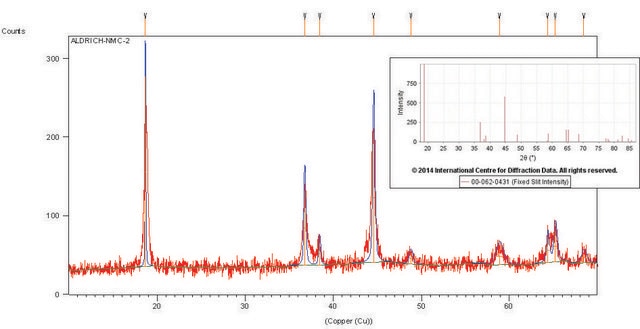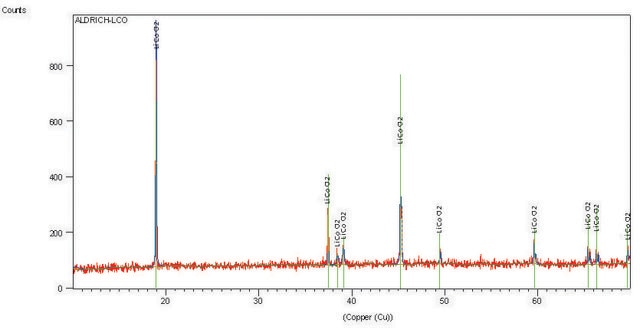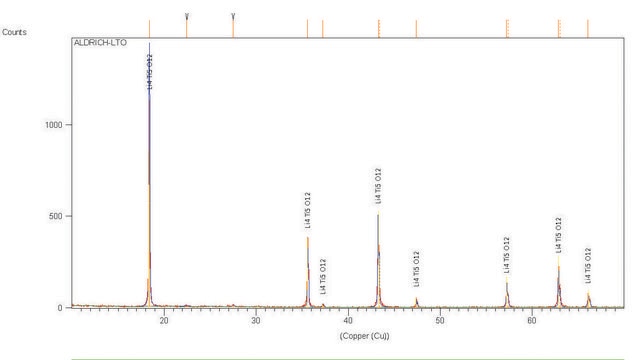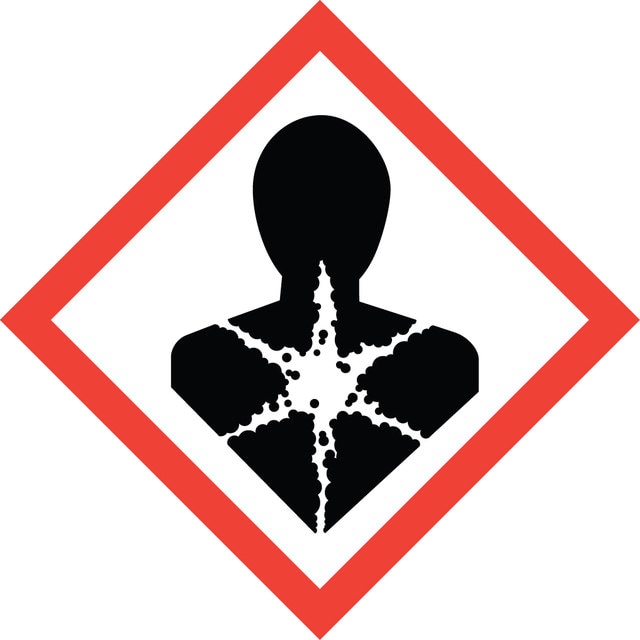725110
Lithium manganese nickel oxide
spinel, powder, <0.5 μm particle size (BET), >99%
Synonym(s):
LMNO
About This Item
Recommended Products
grade
battery grade
Quality Level
assay
>99%
form
powder
mol wt
Mw 365.38 g/mol
composition
Li2Mn3NiO8
greener alternative product characteristics
Design for Energy Efficiency
Learn more about the Principles of Green Chemistry.
particle size
<0.5 μm (BET)
mp
>290 °C
application(s)
battery manufacturing
greener alternative category
Related Categories
General description
Features and Benefits
Li-Batteries, material for electrodes design and manufacturing
Legal Information
related product
signalword
Warning
hcodes
Hazard Classifications
Carc. 2 - Skin Sens. 1
Storage Class
11 - Combustible Solids
wgk_germany
WGK 3
flash_point_f
Not applicable
flash_point_c
Not applicable
Certificates of Analysis (COA)
Search for Certificates of Analysis (COA) by entering the products Lot/Batch Number. Lot and Batch Numbers can be found on a product’s label following the words ‘Lot’ or ‘Batch’.
Already Own This Product?
Find documentation for the products that you have recently purchased in the Document Library.
Customers Also Viewed
Articles
Nanomaterials for Energy Storage in Lithium-ion Battery Applications
Increasing fuel costs and concerns about greenhouse gas emissions have spurred the growth in sales of hybrid electric vehicles (HEVs) that carry a battery pack to supplement the performance of the internal combustion engine (ICE).
Professor Qiao’s laboratory lays out recent advances in conversion type lithium metal fluoride batteries. This review explores key concepts in developing electrochemically stable microstructures for wide Li-ion insertion channels.
Discover more about advancements being made to improve energy density of lithium ion battery materials.
Our team of scientists has experience in all areas of research including Life Science, Material Science, Chemical Synthesis, Chromatography, Analytical and many others.
Contact Technical Service












